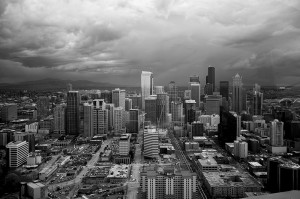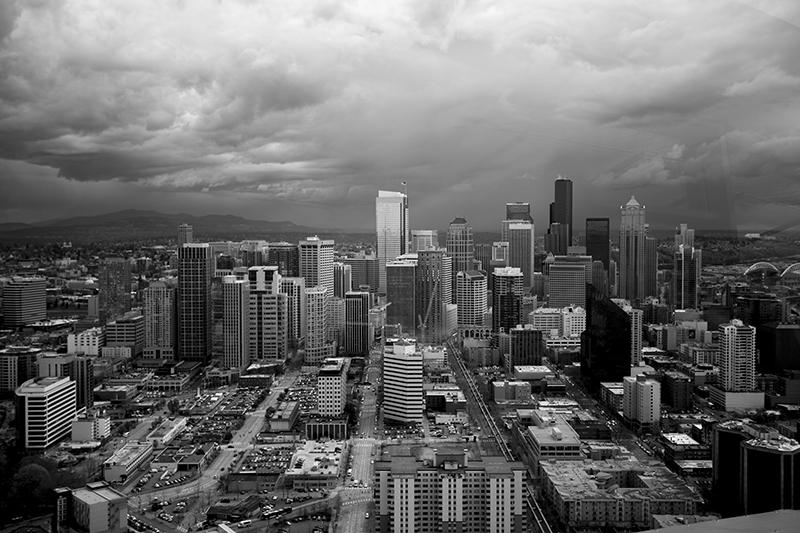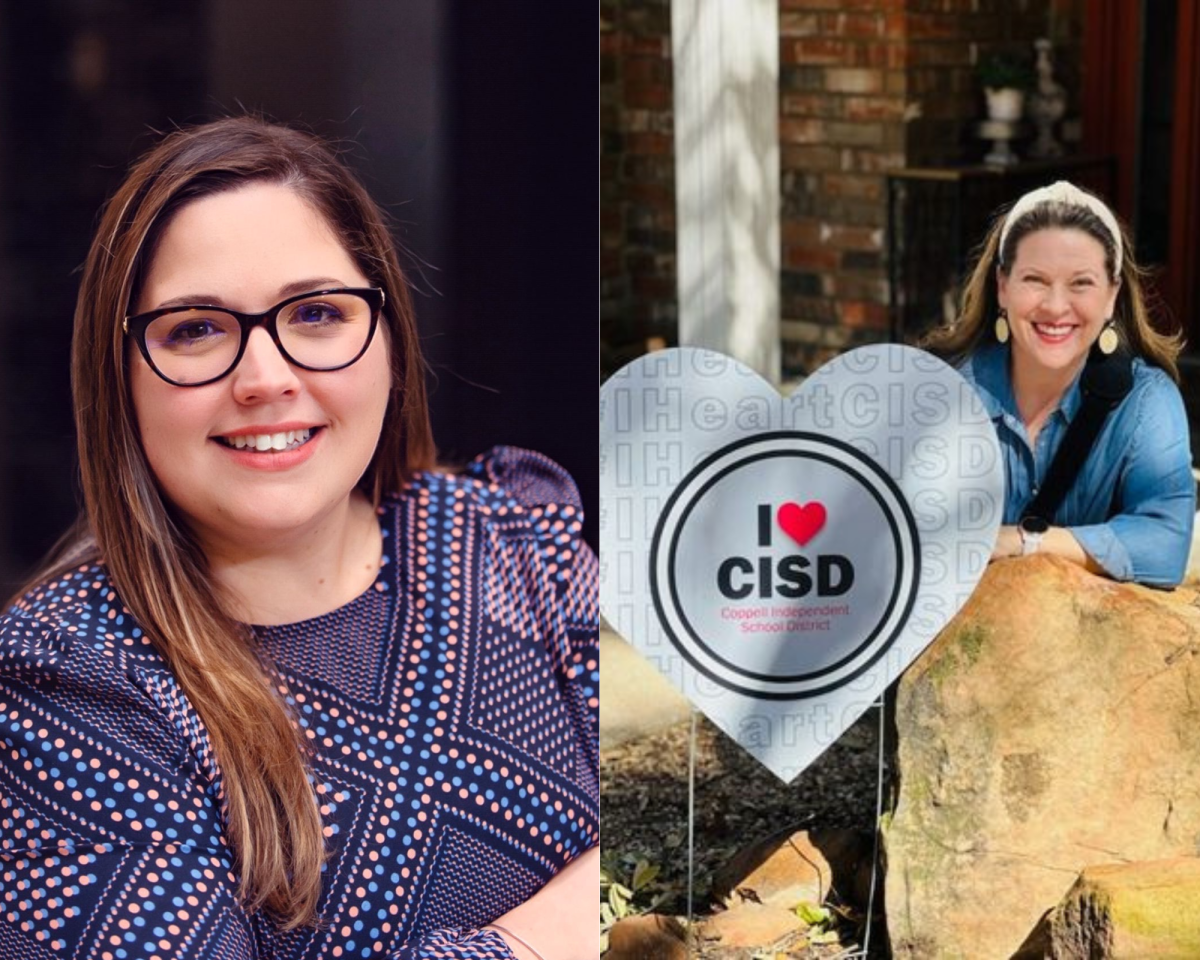By Kimberly Del Angel
Staff Writer

SEATTLE, Wash. – On Friday morning at the JEA/NSPA Spring National High School Journalism Convention, thousands of students gathered at the Washington State Convention Center to participate in breakout sessions lead by professional journalists and journalism students all over the country. During these sessions students learned strategies needed to improve on anything from their own writing to strengthening relationships within their newspaper staff.
Hunger & Harry & Hobbits—Oh my!
Narrative writing is not commonly associated with journalism, however, Metro State College and Colorado State University professor Jack Kennedy molds the two styles together as he discusses the seven plots needed to recognize universal themes that tell a story: Rags to Riches, the “monster”, quests, voyage and return, rebirth and tragedy.
“All these factors tap into the things that make us human,” Kennedy said to the audience.
Kennedy’s lesson was based upon comparison between news writing and popular fiction such as Harry Potter, The Hunger Games and The Hobbit. He encouraged the audience to tell their story and the story of others by focusing on a significant event or situation in a person’s life in order to make it interesting.
“We all know that in the Hunger Games children die,” Kennedy said. “We need to look for the significance, the meaning of it.”
By using these factors to craft their writing Kennedy believes that stories will be more personable for its audience and will grasp a greater attention.
“Story telling is all about the magic moments, the highs and the lows, the drama and the times when something happens,” Kennedy said. “It might not be the state championship story, but it’s the better one because it’s the real story.”
Photography: from ordinary to extraordinary
Photography plays a key role in the career of a 21st Century journalist. To help students improve their photos with simple tricks, Judy Babb from Friesen Yearbooks in Plano demonstrates examples from yearbooks that she has worked.
“It’s more than just rules, you have to take a different perspective, you need to change their positions and get rid of your lock knee—I use this term with my students to describe someone who won’t get on the floor to take a better photo,” Babb said.
Students watched attentively as she went through the rule of thirds, different points of views, framing, selective focus, texture, shadows, lighting and more.
She encourages students to step out of their comfort zones and use a 50mm lens, so that it is necessary for them to get up close and personal with their subjects. According to Babb, doing this will give a better end result and allow the photographer to gain more experience and expertise.
“I have a challenge for you all,” Babb said. “Take your phone and take pictures of the whole convention, tell your story and get closer, that’s how you’re going to get better.”
Light it up!
Lighting is a crucial factor of photography, Mike Simons, yearbook adviser at West High School in upstate New York gives students easy, pointers for manipulating light to properly expose photos.
Simmons enthusiastic attitude animated students and advisers within the crowd to participate in the activities and along with the lesson. His presentation consisted of his own collection of photographs that demonstrated the difference between proper and poor lighting.
Among Simmons’ pointers the two most efficient were a styrofoam cup over the flash to diffuse the light and an automotive reflector to reflect light when taking photos. If the student wishes to spend more money and go high-tech, external flashes such as the Nikon SB-600 are the most efficient for the classroom. However, these tools are not necessary according to Simmons.
“If you’re pinched on money, I’m guessing—unless you’re better way off than I am, and you’re using everything from every brownie that you’re selling, then you’re going to want to go with a smaller brother external flash; they are more than enough for your purpose,” Simmons said.















